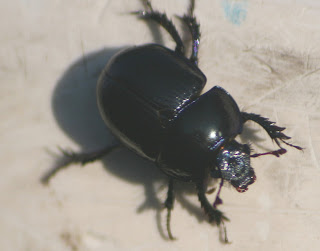
Taking pictures of the night sky has been a little frustrating so far this year. OH I am always up for a snapshot of the moon or a constellation but my real targets this year have been deep space objects, the things that you just cant see very well unless you have a most improbable set of circumstances stacked together, and a great deal of luck. I want to chase down a few galaxies. The odd nebula. Reflections an illuminations that take a great deal of luck to get as well as a lot of planning. The trouble is that the skies have been a little unkind and maybe I have been a little lazy. Anyway things are not really going to happen now until mid August at the earliest. The skies are just too light.
So I have decided to have a bash at the other end of the scale. Now this is a new field to me. I am waving an early effort at you today. Not I hasten to add because I think it is a particularly good picture. I am not being falsely modest here. What I need is some decent advice on how to improve. I want to get more depth of field I guess but if I reduce aperture I lose brightness or the time is so great that the beetle blurs. I don’t really want to nail him down. Do I have to use a flash? Also I seem to have failed to capture the iridescent blue of this little beetle. How do you get a fast macro photo with a good depth of field at extreme zoom in natural light? A tall order?
Any thoughts gratefully received.








